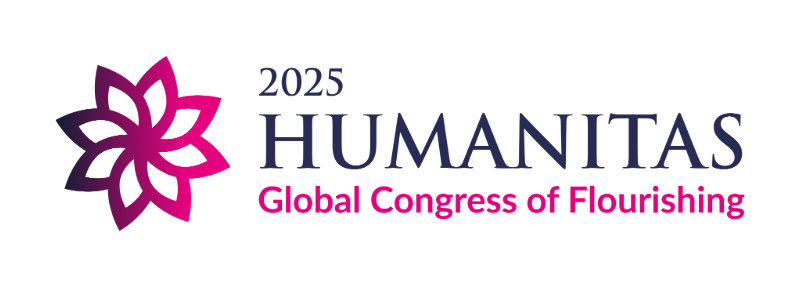Background: The first wave of COVID-19 placed significant psychological demands on dentists, yet the relationships between perceived stress, coping strategies, and well-being remain underexplored.
Aim: To examine associations among coping strategies, life satisfaction, and stress in dentists during the pandemic, using network-based visualization.
Methods: A sample of 309 Polish dentists (aged 25–64) practicing clinically from March to May 2020 completed the Mini-COPE, the five-item Satisfaction with Life Scale (SWLS-5), and the four-item Perceived Stress Scale (PSS-4). The Mini-COPE structure was re-evaluated using maximum-likelihood exploratory factor analysis (EFA) with varimax rotation. Model fit was assessed with the Tucker-Lewis Index (TLI) and root-mean-square residual (RMSR). Social network analysis (SNA) mapped connections among sociodemographic variables, life satisfaction, stress, and the eight coping factors.
Results: EFA identified eight coping dimensions, explaining 73% of the variance (TLI = 0.821; RMSR = 0.02). Empirically guided item reduction produced a 19-item unidimensional coping scale with good internal consistency (Cronbach’s α = 0.70; Guttman’s λ₆ = 0.82) and construct validity. SNA integrated the eight coping factors with nodes for perceived stress, life satisfaction, and sociodemographic variables, revealing their covariance.
Conclusions: Dentists’ coping strategies during the first COVID-19 wave are effectively captured by an eight-factor mini-COPE. Paired with SNA, this refined instrument provides a concise framework for monitoring the psychological impact of future health crises on dental professionals.

